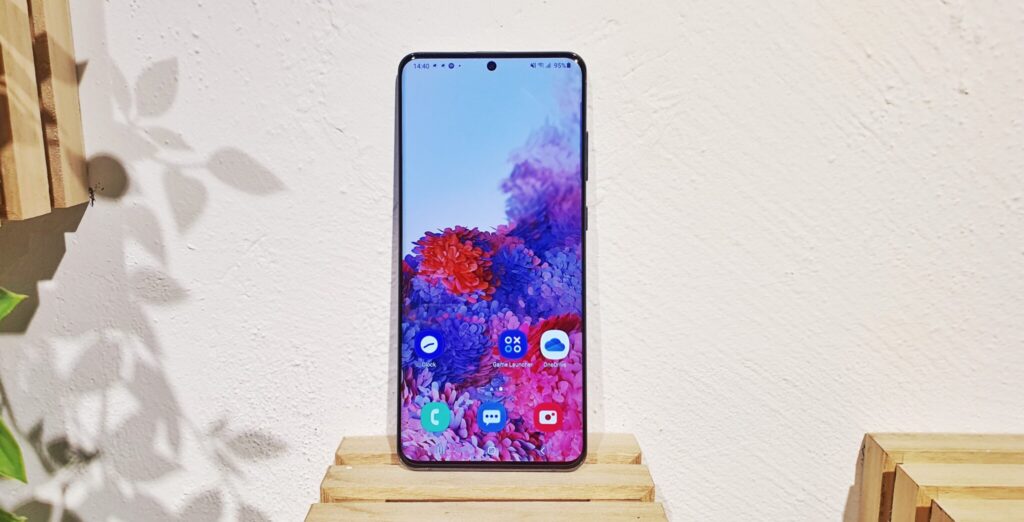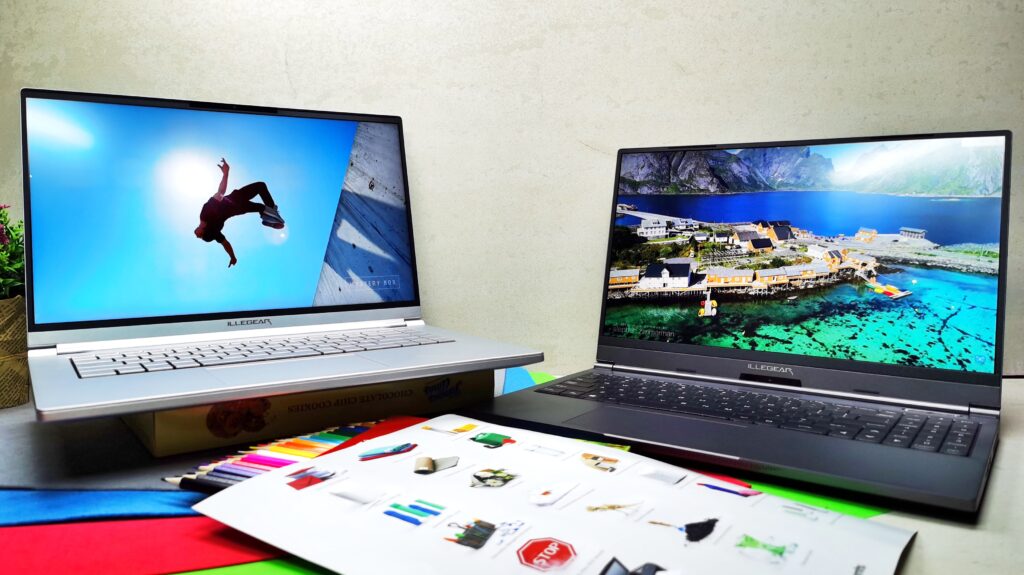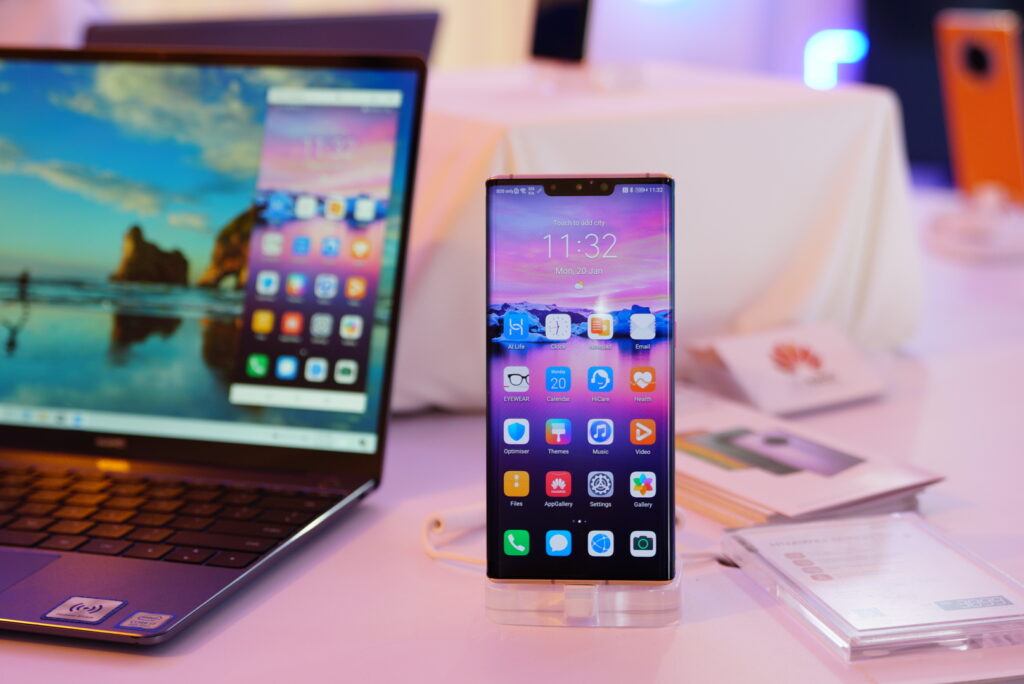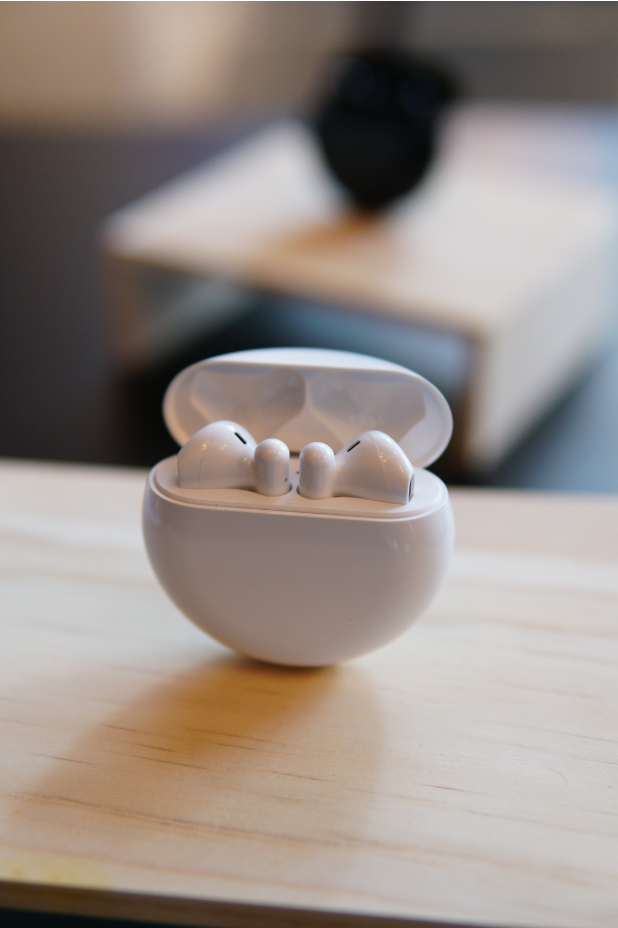
10 Power Tips – How To Work From Home Effectively
We now live in uncertain times. Recent events are up-ending all our traditional perceptions of work, temporarily cancelling the traditional idea of a 9-5 working day and has changed the way we all work, at least for a while. Now, many knowledge workers are embracing a new normal as many work from home to limit exposure to the coronavirus.
While it used to be a privilege doled out due to pressing circumstances, the current pandemic means that it’s a necessity for many organisations. Where the office environment has everything needed to get your job done, including liberal amounts of coffee, fast Internet and an IT team in case anything goes south, you’re on your own with the cat (or dog, we don’t judge) at home. Here’s a few tips on how to best work from home and be a bit more productive.

#1 Act like you’re going to the office
Table of Contents
People are creatures of habit and rapidly forming a new routine helps get your brain in gear and cement the fact that you’re working and on the clock. Wake up early like you’re going to work and if necessary, dress up for the part. Some need the full get-up – office suit and all – but over time I managed to pare the whole thing down to donning a black baseball cap associated solely with work just to get the ritual started. Once you have a work routine settled, telecommuting should be much easier with a darned lot shorter commute.

Telecommuting is just like going to the office, just with a super short commute!
#2 Pick a dedicated work space in your home
Part of forming a new routine to effectively work from home is also establishing a work space that’s solely dedicated to your trade. Carpenters need a work table and a workshop. Potters need a pottery wheel. Fortunately, as knowledge workers we mostly need a solid notebook and a stable Internet connection which means we have the luxury of setting up shop almost anywhere in the house.
Pick a spot like a guest room with a door that you can preferably close during work hours and which is as quiet as possible. Failing that, or if you’re living alone, pick a spot away from the TV, PlayStation or other forms of entertainment and also away from your bedroom. You’re here to work after all. A kitchen countertop works in a pinch but may result in more snacking than usual. Work from home pro tip – pick somewhere with a window when you work from home so that you your body clock can also adjust to the routine.

Pick out a dedicated work space at home thats relatively free of distractions – a window is a bonus and plenty of plugpoints for all your gear.
#3 Stick to a Schedule and Form a Routine
When you’re working from home, there’s a lack of the social impetus of a group as a whole to stay motivated and to be held accountable for productivity. Time tends to blur and you’re left without a focus with impromptu lunch hours, with distractions taking up your time and you end up losing focus. Set up a personal work schedule using something like Google Calendar and stick to it with a break for lunch or dinner in between. Once you’re off the clock, unless it’s a major crisis, leave it for the next work day.

Emails sorted. Paperwork sorted. Work discussion on Skype sorted. Modern Warfare Warzone match after work booked.
#4 Separate work from your personal life on your devices
If you work from home, it becomes all the more important to separate your work life from your personal life. That also extends to your devices as well. It’s well worth the effort to create separate work and personal profiles in your web browser to minimise distractions and to avoid having your Modern Warfare teammates ping you during the workday for a scrum.
Another way to separate your work from your personal affairs is to use separate browsers and apps. If your office is relying on Edge and Outlook to get work done, you can try using Chrome or Gmail. If that isn’t an option, you can try using an app or extension that ensures you don’t waste time browsing erronous tripe like WasteNoTime for Chrome as an extension and Safari.
This also extends to synching your devices. Take extra special care that you don’t back-up and sync your personal emails and photo galleries with your work accounts and vice versa. If needed, use a separate phone or set apart a Work profile that creates a separate, selectable partition on your phone that’s different from your personal account. That or get a separate work phone.
If you’re given the option to pick your own phone or you’re privately employed, Galaxy S-series phones like the Galaxy S10, the Note series like the Note9, Note10 and the new Galaxy S20 all have Samsung’s own defence-grade Knox protection that ensure enhanced protection of company data. You’re also able to get home delivery along with bundled in-store Irresistable Deals from Samsung when you order their new Galaxy S20 series that include a free wireless charger and 128GB microSD card so it’s well worth a gander.

#5 Stay off social media during work hours
Social media is a timesink. Whether you’re wandering around on TikTok, scrolling through feeds on Facebook or just paging through Instagram, you’ll notice a bizarre temporal anomaly which results in what was originally a few minutes of wasted time turn into a few hours burned into the ether. That’s a serious productivity killer when you work from home.
The word – logout of social media when you’re at work on your work PC and temporarily turn off notifications for your social media apps. Unless your day job is actually managing social media in which case that’s an entirely different kettle of fish. When you clock off for the day, you can turn it all back on or like the previous tip, switch back to your personal profile on your PC and your phone.

#6 Take a Break When You Can
It’s good to take a break now and then in between your designated work hours. Take a breather, make a cup of coffee and see the scenery for a few minutes. Some also advocate a 20-minute power nap, a practice many Mediterranean countries observe. The trick here is doing it in moderation. To measure out your breaks, try and keep some tokens – glass beads or even Lego minifigs will do – each of them for a quick non-work related 15-minute break and then cash them out through the course of the day. Not including your lunch break, portion out 2-3 break tokens. And no, they don’t rollover to the next day.

You can portion out your daily breaks with tokens that each denote a 15-minute quick break but we don’t advocate eating them. Except In this particular case. Antioxidants FTW.
#7 Collaborate with the Power of Tech
Collaborating with fellow colleagues that are geographically split apart all across the map or rather the globe would have been a challenge in the last decade or so but improved internet connectivity and a host of collaborative apps have made it a darned lot easier to work from home.
All services stated below are free, which is a godsend for freelancers and SMEs though larger enterprises will likely already have their own solutions in place to tackle all these needs.
To manage projects with a team, you can try Trello. For group discussions with colleagues, you can try Zoom which can handle large teleconferences or multiple-presence group chats or Skype for small group conference calls and one-one on discussions.
To collaborate on a document, you can try Google Docs which has robust live collaboration functionality – you can actually see edits happen and track every change – but it doesn’t quite format Word .docx files perfectly and you’ll need to be fairly careful with configuring sharing permissions lest private data leaks out into the wild.

Top teleconference topic with colleagues “Did you catch see that Kingdom zombie flick on Netflix?” Note- Simulated scenario only. Please do not really do this in a company teleconference.
#8 How to Work From Home Effectively – Get the Right Technologies for the Job
You need the right tools and technologies to get the job done if you’re looking to effectively work from home. While battery life is less of a concern seeing as you’re mostly stuck in one place, you’ll need a notebook that has the right form factor, size and specifications to fit your job scope.
If you’re a content creator like a video editor or a graphic artist, you’re going to need a notebook or desktop PC with a graphics card paired with a large, colour-calibrated display. Viable alternatives include powerful, portable rigs like the Alienware M17 R2 or the Illegear Onyx Pro, both of which have massive colour-accurate displays, beefy graphics cards and powerful processors too. The fact that they’re also extremely capable gaming machines is an added bonus.

The Illegear Ionic (left) and Onyx Pro (right) have been specifically designed for creators with beautiful, sRGB compliant displays, beefy processors and extensive battery life.
If you’re a writer, programmer or other mobile knowledge worker dealing mostly with text or code, you’ll need a decent processor and a keyboard with good key travel. While not mandatory, lightness and portability go a long way as they’ll be able to accompany you on work meetings outside of home once the ongoing eventually MCO lifts. If you’re one of those who can’t stand staying in one place to work for extended periods of time, the lightness is a definite plus when you move locations around the house to work in from the couch, the desk, the dining room to the laundry room (guilty as judged).
Solid examples include the Dell XPS 13 9300 that was recently released in Malaysia, the Illegear Ionic, the HP Spectre and the Acer Swift 5. For those looking for a business-oriented convertible, the Dell Latitude 9510 is also a viable proposition.
It goes without saying that regardless of the job scope, the more RAM and the more storage you have the better. Of course, it also falls down to either your personal budget or that of the company’s IT department but the above selections represent a good range to shop around for.

The new Dell XPS 13 series combine a beautifully machined chassis with exceptional performance and endurance
#9 Seamless Device Interactivity is key
Smartphones are an intrinsic part of our lives. They’re also, at least in the context of being productive, major distractions with a constant series of pings, beeps and other notifications streaming in from emails, whatever social media you’re hooked up to, games and texts from friends, family and colleagues. Compound that by two when you’re juggling a work and private account unless you silence your phone which can also be counterproductive when you miss an important call or text.

Dell Mobile Connect works best with Dell laptops and PCs of recent vintage and with Android or iPhones.
Transferring content whether it’s photos, documents or more between a notebook and a laptop can also be a chore too which is where smart integration applications like Dell Mobile Connect come into play. Dell Mobile Connect is installed by default on many Dell notebooks after 2018 and lets you transfer content from images to documents while allowing you to mirror your smartphone home screen straight on your notebook’s desktop.
You’re able to read and triage texts at a glance onscreen and take files straight off your phone too, which reduces the time spent picking up and looking at your phone and makes working from home a bit more effective. The latest update for Dell Mobile Connet now lets it work with both Android and Apple iPhones too.

Huawei’s Multi-screen collaboration mode lets you mirror and transfer content back and forth from your Huawei devices to your MateBook in a fast and seamless fashion.
Huawei’s latest Mate series and P series phones also have their Huawei Multi-screen collaboration modes that offer the same thing on their own MateBook notebooks in a wireless fashion while Samsung also offers their DeX mode as well which works via a USB type-A to type-C cable plugged into any Windows PC.
#10 Accessorise!
Nothing’s perfect and to get the most out of your work from home experience, you may want to consider augmenting your home office with some accessories that make working easier or more efficient. This is outside the scope of this article but you may want to consider getting a more comfortable or ergonomically sound office chair, a USB hub so that you can dock, charge and connect with more devices and possibly get a wireless mouse or a notebook stand.

The Huawei FreeBuds 3 wireless earbuds also offer active noise cancelling and long battery life
If you have to work in an environment with a lot of background noise (screaming progeny, loud traffic, neighbour playing ludicrously loud heavy metal music) , consider investing in a pair of active noise cancelling headphones to work from home effectively. Failing that, you can opt for headphones or earbuds with good sound insulation such as the Huawei Freebuds 3 which as active noise cancelling, the Samsung Galaxy Buds+ which has two drivers in each earpiece or if your budget is a bit more pedestrian, the Edifier TWS1and the Realme Buds Air are good options.
While working at home means less need for wireless connectivity, picking a wireless pair of earbuds or headphones also means freeing up the inevitable cable tangle on your desk though you have another item to charge up at the end of the work day. Ultimately, you get what you pay for and a higher quality accessory will pay dividends in productivity over time.

Do you have any productivity tips to work from home? Shoot us a message and let the Hitech Century team know and we’ll add it to the list!
